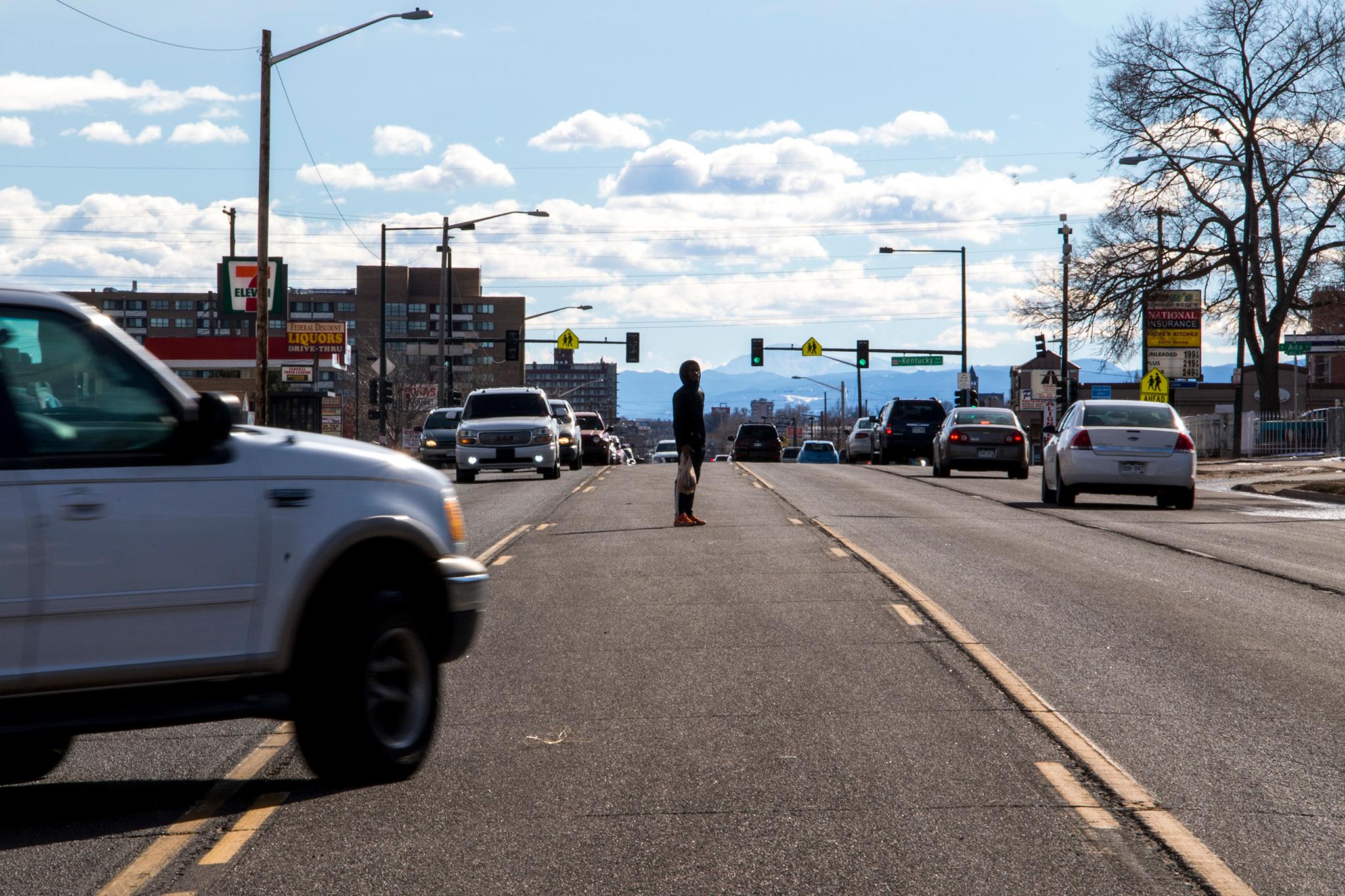Despite efforts to end traffic deaths and serious injuries under the banner of Vision Zero, Denver is on pace to see more people die traveling on the streets this year than last year.
Mayor Michael Hancock committed to ending traffic deaths in 2016 with an all-hands-on-deck approach to enforce, educate and engineer streets for safety instead of speed. But after an initial drop in fatalities in 2017, people who died walking, biking, driving and riding motorcycles reached a 13-year high in 2018, according to Denver Police Department data.
If the current rate continues, 2019 will be deadlier.
Chief Paul Pazan and his traffic safety team briefed the Denver City Council this week on its enhanced enforcement efforts, which are one part of the three-pronged approach to ending traffic violence.
"We are reemphasizing our efforts to ensure our people, whether walking, biking, driving or scootering from work, home or play, that they can do that safely," Pazan told city council members during a public safety committee meeting Wednesday.
The department has upped its resources -- real people and robots -- to enforce traffic rules since Vision Zero was announced in 2016. DPD has also adopted the language of safe streets advocates. For example, officers use "crash" instead of "accident" when describing collisions to denote their preventable nature.
But last year, 62 people died (including someone on an off-road vehicle outside of the public right of way). Sixteen people have been killed traveling around Denver this year, four more than last year at this time.
"I think it reflects the fact that the city is not moving fast enough to make on-the-ground changes to street design," said Jill Locantore with the Denver Streets Partnership, a coalition of safe streets advocacy groups.
One of those groups is WalkDenver, which has erected cheap and quick road treatments that shorten crosswalks and slow down drivers to demonstrate how easy it is to adjust the built environment for safety. Locantore is frustrated that city engineers have yet to adopt these fixes on Denver's most dangerous streets while the bureaucracy figures out the funding for more permanent solutions, she said.
Denver police don't have control over infrastructure, though. They ticket drivers -- and people walking and riding bikes -- for their behavior. DPD has added 23 employees and electronic enforcement cameras dedicated to traffic operations since 2016, according to its presentation to city council members. Traffic citations increased by 9 percent between 2017 and 2018.
One big problem with enforcement, Denver police said, is that state statutes ban electronic traffic enforcement on Denver's deadliest streets. Drivers on Federal Boulevard, Colfax Avenue and urban streets are immune to electronic enforcement because of their commercial nature. The Colorado Department of Transportation won't let cameras on those streets, which double as state highways.
"Most of the high-injury networks that you see, we're restricted us from enforcing in those areas," said photo enforcement supervisor Ted Porras.
Locantore agreed, but said there's only so much DPD can do as long as the streets are designed for moving cars fast rather than moving people safely.













